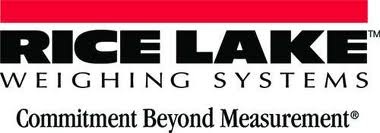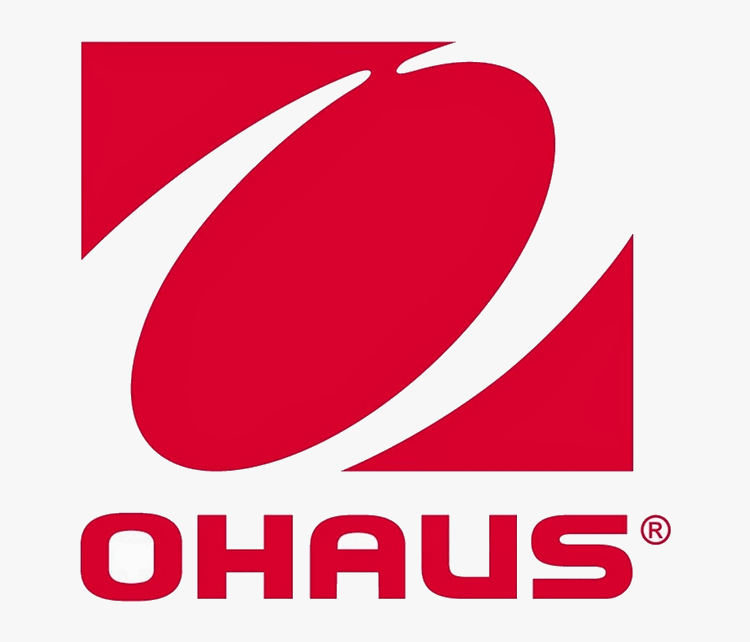In many small businesses the “Friends and Family Plan” is the most common hiring strategy. (Friends and Family hiring consists of bringing in people you have a relationship with, because you know them and they need a job, or have a skill you need, or you just like them. The biggest problem with this hiring technique comes when you need to fire them. Can your relationship survive?) Companies use this method until they reach a point where their friends and family can’t meet the skills or company needs, then they hire out.
My son entered to the scale industry by default. He didn’t want to be here, but had made some poor decisions with school, and voila, you’re a scale technician now. He was resentful, and didn’t want to work in the company, but needed the money. He started part time as the second man on a job when we needed unskilled labor. I tried to instruct him in the basics; it went in one ear and came out the other. When I fired one of my techs he assumed that he would be the natural replacement, since he had been working for me for so long. I had a long talk with him and explained that he would have to compete with others for the job, since he had shown so little interest. He had recently gotten engaged and was now looking at his future and had to make some hard decisions. He came to me and asked me to re-consider. He promised to buckle down and try. I decided to give him the chance. He was a changed person; he worked harder and was eager to learn. It was a night and day difference.
In the example above, my son shows what happens when you hire without a plan. When I gave him the chance to come on full time, I presented him with my plan and his path to get where and what he wanted. I hadn’t done this originally and, to my regret, wasted an opportunity to have him ready when I needed him. The blame was mine, not his.
Plans and Paths, what is the difference? For me, the plan is how I am going to find, hire and train the new technician. The path is how the technician moves forward in his skills.
Developing a plan for your employees that detail their opportunities helps keep them motivated, and motivated employees tend to be happy. Happy employees don’t quit and will put up with annoyances that are intolerable to an employee that isn’t. Reiterate the plan when you have your yearly reviews and update it as necessary asking the employee for their input. The key to retention is to have a stable workplace where the employees are happy. Surprisingly happy doesn’t always equate to more money. Sometimes it’s responsibility, other times it is stability. Get to know your employees and what makes them tick.
Finding the right person.
Hiring is a headache. With the down economy and so many people looking for a job, it seems that finding the right person for the job should be easy. The problems lie in sorting the wheat from the chaff. Put up a detailed ad describing exactly what you are looking for, and you will be inundated with people that you wouldn’t hire to wash your car, let alone represent you and your company. Hiring the wrong person can be extremely costly, in time, money and even the reputation of your company.
Hiring the right person requires its own plan. Get out a notepad and let’s break it down:
- Define the perfect candidate for the job. Write out the skills he will need, the specific job requirements he will fill, and the personal characteristics you desire. Use this to create a report card that you will use to grade each applicant.
- Define the job. Clearly outline the expectations for the position. Set the pay scale. Formalize your proposed incentive plan for the position.
- Pre-screen your applicants. Go through the resumes and applications (the chaff). Don’t talk to anybody without pre-screening them and seeing if they meet on paper the qualifications and skills you wrote down in #1. Only then set up the interview. The interview is where you find the wheat.
- Look for successful people. Find the person that has shown a desire to excel. Ask about awards they have received. Question them about how they measure success in themselves. Ask open ended questions about how they have succeeded in the past. Check their job history and references.
- Don’t settle for good enough. In this economy there are stars out there waiting to be hired. Take the time you need to find the right candidate and make the right hire.
- Look for stars elsewhere. Finding the right person sometimes means stealing him from the competition or even from another industry. In this economy it says a lot that these people are still working when others aren’t.
Be aware of what you can and can’t ask during a job interview. The following link is an excellent resource for do’s and don’ts.
https://www.admin.mtu.edu/hro/forms/whatyoucanandcantasklongversionmay05.pdf
After performing due diligence, and weeding through the applicants you have settled on the person you want to hire. Take the next step and make your offer.









